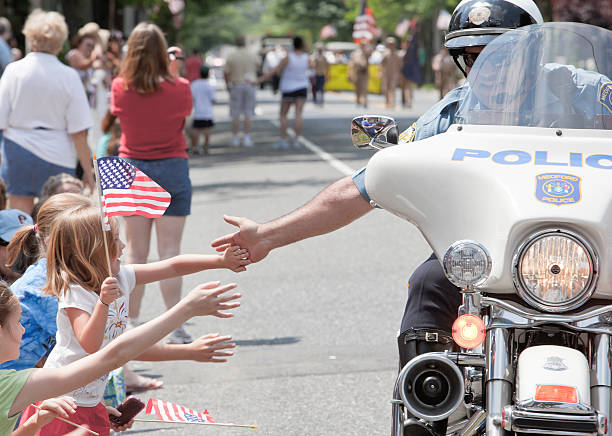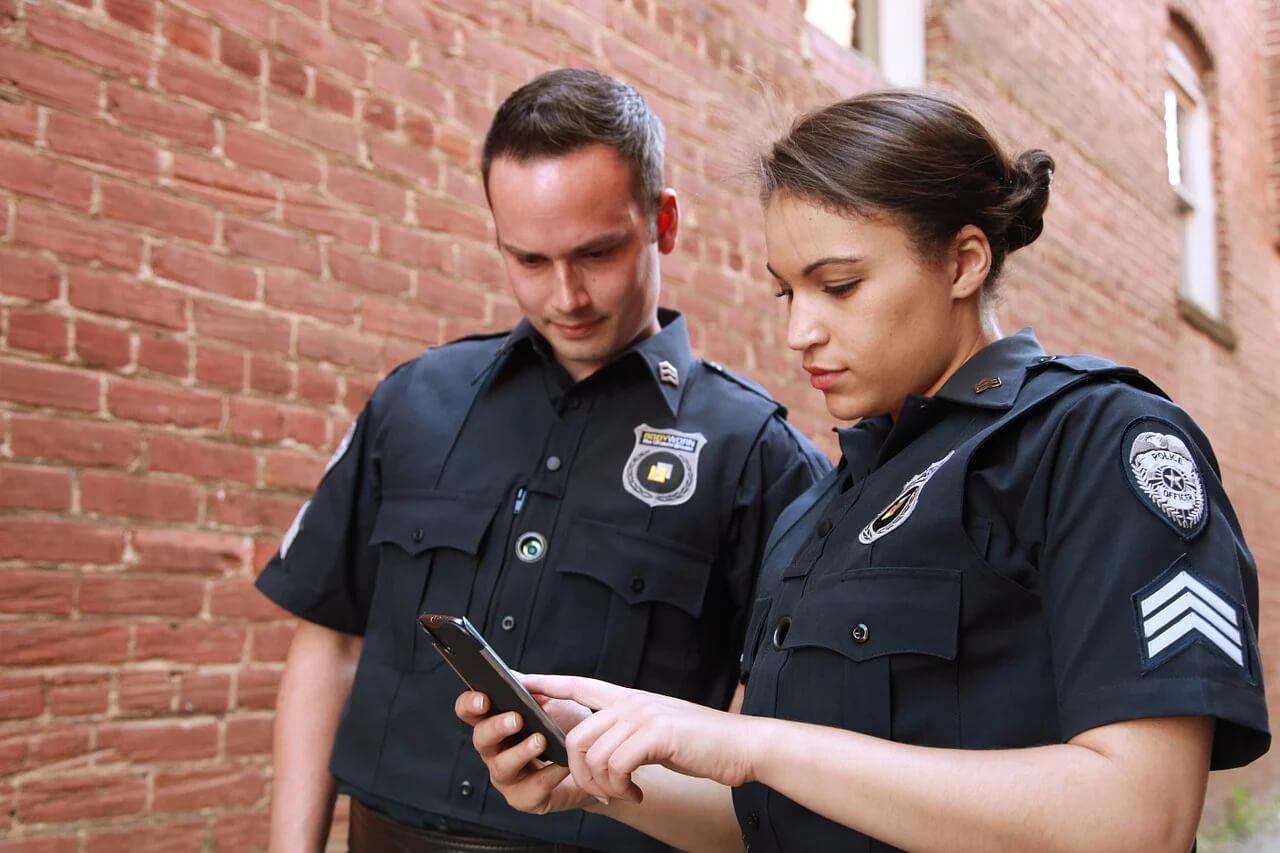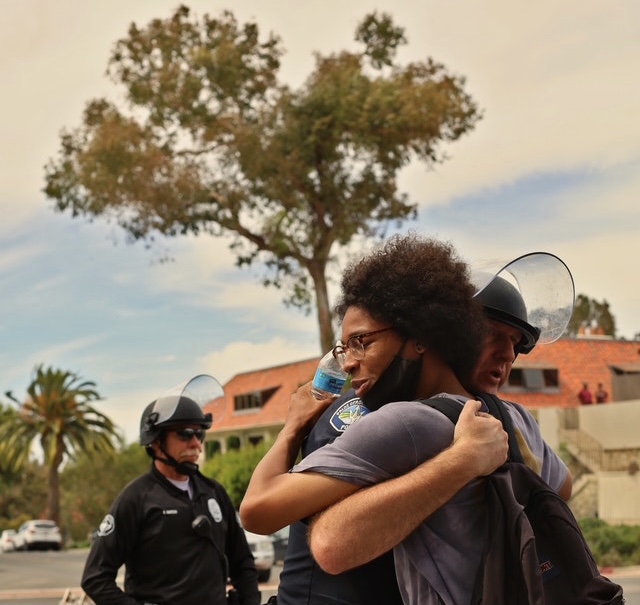Trust between law enforcement and the public has declined in communities across America in recent years. High profile incidents of police misconduct, changing attitudes among younger generations, and rising cynicism have eroded relations. To rebuild vital bonds of cooperation, progressive police departments nationwide have increasingly utilized community surveys to gather direct feedback from the citizens they serve. Well-designed surveys provide data-driven insights to align policies with public priorities and demonstrate accountability. This article will examine key benefits of community surveys and share real-world examples of how responsive departments have translated findings into meaningful reforms leading to renewed trust.
The Power of Community Surveys
Annual or bi-annual community surveys offer police leadership several advantages:
– Quantifiable metrics on satisfaction levels across all aspects of policing, from safety to responsiveness. Data identifies what’s working and pain points needing change.
– Community-driven findings directly from residents on their foremost concerns, versus relying on assumptions or anecdotal impressions. Surveys give the public a voice.
– Ability to track progress year-over-year as new initiatives and reforms are implemented. Are they moving the needle on goals?
– Data to support budget and resource allocation decisions aligned with community priorities rather than internal inertia.
– Demonstrates the department’s commitment to transparency, accountability and serving the public good. This builds community confidence.
Case Studies of Impactful Reforms
Survey findings have informed major policy reforms at innovative departments:
– Minneapolis, MN adopted de-escalation first training after surveys showed excessive force as the top concern. Post-implementation surveys found a 41% jump in satisfaction with police interactions.
– Philadelphia, PA expanded their youth athletics outreach programming by 450% based on survey data showing improving community relations was residents’ #1 priority.
– Columbus, OH shifted towards community-oriented policing models after surveys indicated a strong public desire for greater neighborhood engagement and proactive problem solving from officers.
– Austin, TX increased foot patrols by 35% based on survey results pointing to a lack of police visibility as a core complaint. This also enabled more casual, trust-building interactions.
– Bridgeport, CT introduced an Officer Survey and actively involved the community in gathering their input. The survey sought feedback from residents regarding the quality of service provided by the police officers. As a result, the community’s collective sentiment exceeded 90%.
– Grafton, WI increased its public sentiment score to over 98% this also enabled more casual, trust-building interactions.
Key Recommendations for Impactful Surveys
Experts stress that the survey process must be designed intentionally to yield meaningful insights. Key factors for success include:
– Seeking high response rates through multi-channel promotion and incentives. At least 10% of a city’s population should participate to provide statistically valid data.
– Offering multi-language and accessible options. Survey demographically to ensure feedback represents the whole community.
– Using a mix of performance rating metrics as well as open-ended questions to provide quantitative satisfaction data plus deeper qualitative insights into community concerns.
– Analyzing results against other data like crime rates and arrest stats. Look for correlations and patterns.
– Including community representatives in focus groups to review findings and develop action plans. Don’t operate in an ivory tower.
– Closing the loop by reporting back survey takeaways and resulting changes. Show the community their voices matter.
Recommended Focus Areas for Questions
While each department’s survey will be customized to local needs, experts identify 5 high-yield focus areas for questions:
1. Overall satisfaction rates with police services, responsiveness, integrity etc. This establishes a baseline.
2. Assessment of local violent crime and police coverage. Do residents feel safe?
3. Interactions with officers during calls, traffic stops, etc. Were police professional, helpful and courteous?
4. Awareness and participation levels in existing community programs, like athletic leagues or local precinct open houses.
5. Open-ended questions soliciting the community’s top 1-3 concerns or priorities for the police department.
Continuous Improvement Processes
Progressive departments recognize community surveys as an ongoing process, not a one-off event. Continuous annual/bi-annual polling provides regular opportunities for the community to guide evolutions in policing while tracking impact over time. Coupled with publicly released findings and reforms, the process enhances transparency and accountability. Ultimately, community surveys represent a powerful, proven tool to align law enforcement with public priorities. This fosters cooperation and stronger police-community relations.








